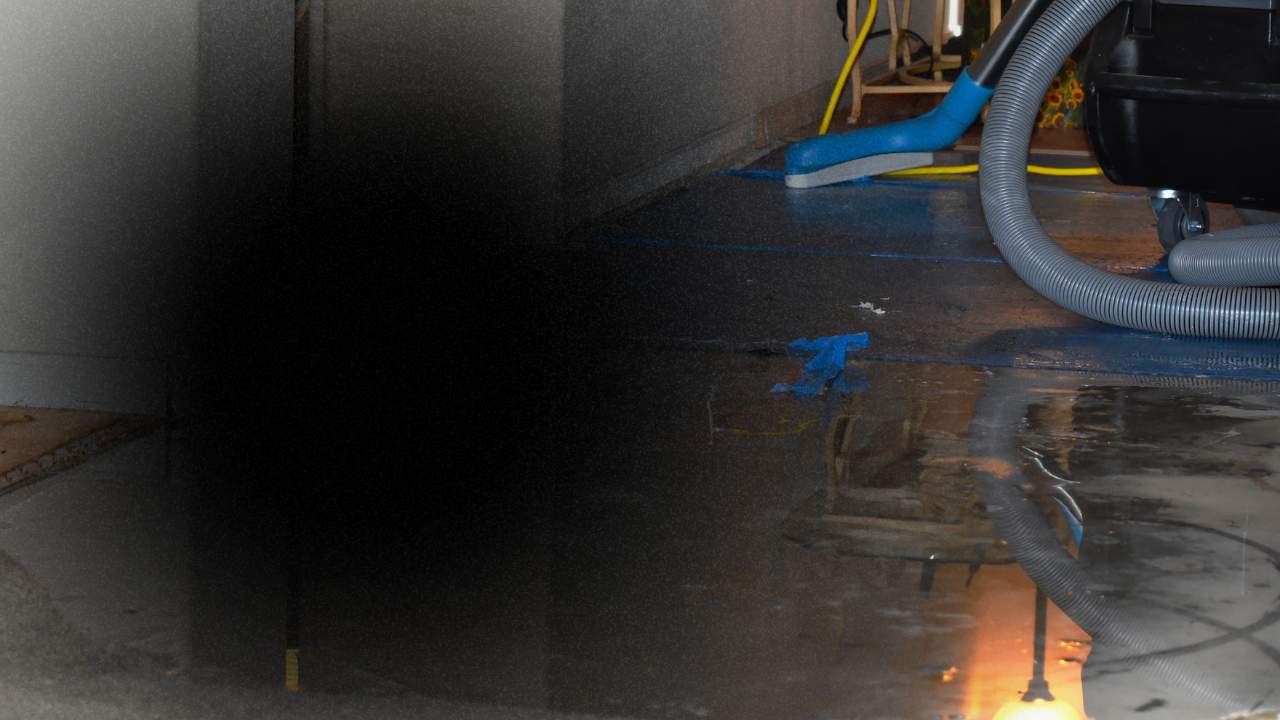Water damage can strike at any moment, turning your peaceful home into a chaotic mess. In Chicago, where heavy rains and melting snow can lead to unexpected flooding, understanding the process of water damage restoration becomes crucial for homeowners. Not only does water damage pose a serious threat to your property, but it can also lead to long-term health issues due to mold growth and structural deterioration.
In this guide, we’ll explore the ins and outs of water damage restoration in Chicago. Whether you’re dealing with a minor leak or a major flood, knowing how to respond quickly and effectively can save you time, money, and stress. We’ll cover everything from identifying the signs of water damage to the steps involved in restoring your home to its pre-damage condition. Get ready to arm yourself with the knowledge you need to navigate this challenging situation and ensure your home remains safe and sound.
0 best water damage restoration in chicago
Understanding Water Damage
Water damage can occur from various sources, including natural disasters, plumbing failures, and appliance malfunctions. In Chicago, heavy rainfall and snowmelt can lead to basement flooding and seepage. Understanding the different types of water damage is crucial in determining the appropriate restoration methods:
- Clean Water Damage: This type of damage comes from a clean water source, such as a broken pipe or a leaky faucet. It is the easiest to remediate and poses minimal health risks.
- Gray Water Damage: Water from sources like washing machines or dishwashers can contain contaminants. This requires more thorough cleaning and often professional intervention.
- Black Water Damage: This is the most severe type of water damage and comes from sewage or floodwaters. It contains harmful bacteria and requires immediate professional help.
Steps for Effective Water Damage Restoration
Restoring your home after water damage involves several critical steps:
- Assess the Damage: Quickly evaluate the extent of the damage. Take photos for insurance purposes and determine if it’s safe to enter the affected areas.
- Stop the Water Source: If possible, stop the source of the water. This may involve shutting off the main water supply or fixing a leak.
- Remove Standing Water: Use pumps or wet vacuums to remove excess water. The quicker you act, the less damage you’ll face.
- Dry the Area: Use fans, dehumidifiers, and open windows to dry out the affected spaces. Proper drying is crucial to prevent mold growth.
- Clean and Sanitize: Disinfect surfaces and items that have come into contact with water to prevent mold and bacteria growth. Use appropriate cleaning solutions and follow safety guidelines.
- Repair and Restore: Once everything is dried and sanitized, begin the repair process. This may include replacing drywall, flooring, and other damaged materials.
Preventing Future Water Damage
After dealing with water damage restoration in Chicago, it’s essential to take proactive steps to prevent future incidents. Regular maintenance checks on plumbing systems, installing sump pumps, and ensuring proper drainage around your home can significantly reduce the risk of water damage. Additionally, consider investing in flood-resistant materials and practicing good landscaping techniques to direct water away from your foundation.
In conclusion, understanding the process of water damage restoration in Chicago can make a significant difference in how you address and recover from such incidents. By acting quickly and following proper restoration techniques, you can safeguard your home and maintain its value. Always consider seeking professional help if the damage is extensive, as they possess the expertise and equipment necessary for effective restoration.

